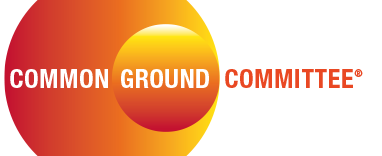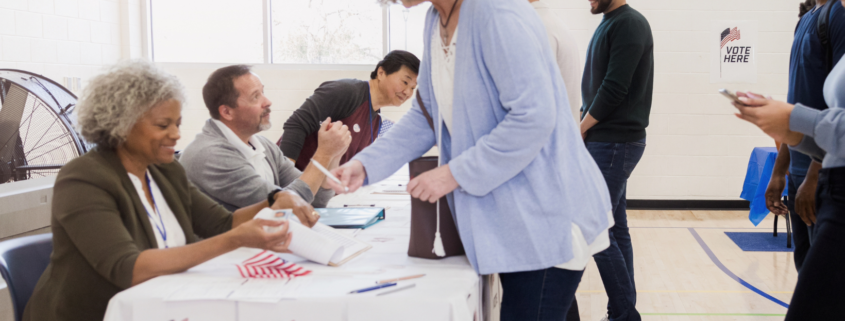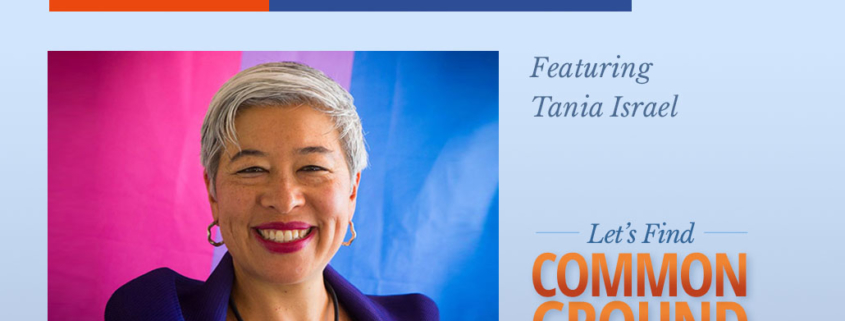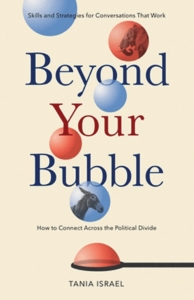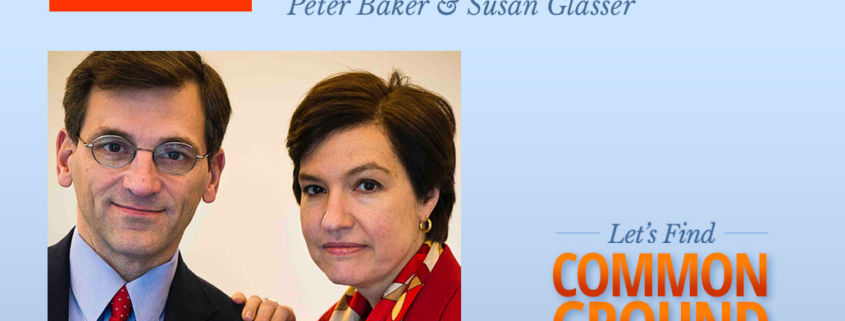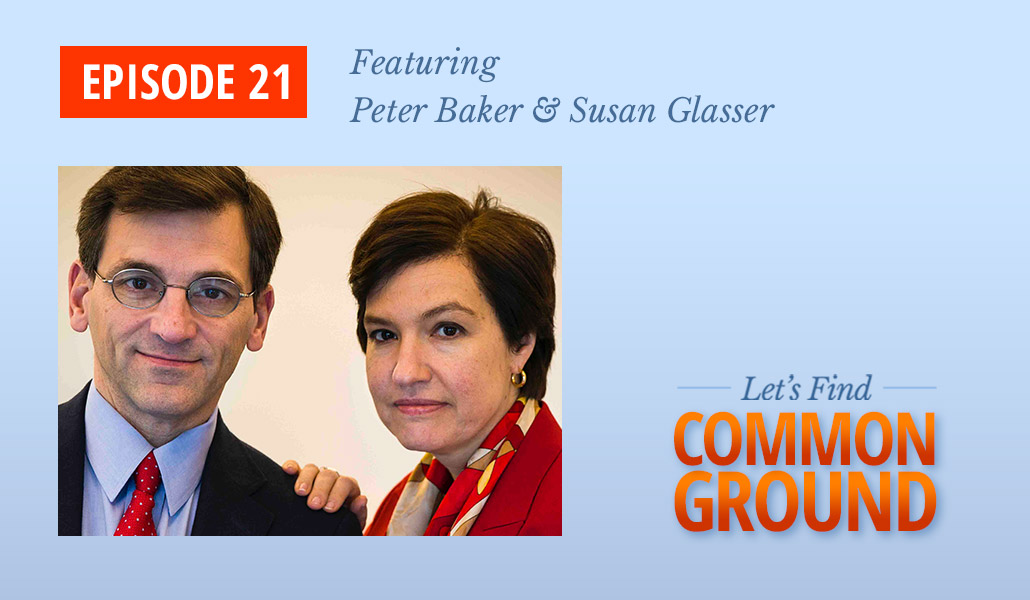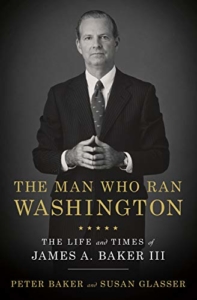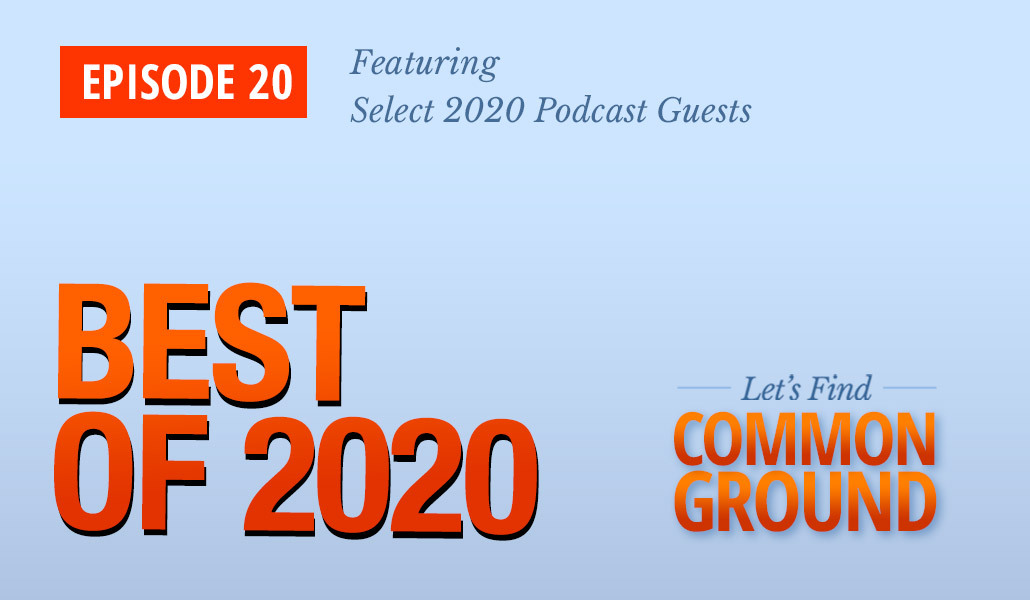On voting, conservatives and liberals should find common ground
In this piece written for The Hill, Common Ground Committee co-founders Bruce Bond and Erik Olsen analyze recently proposed bills and their impact on voting security and accessibility to determine if political parties can find common ground on voting rights.
Voting is at the core of American democracy. It’s a fundamental right of all eligible voters that should be free from political gamesmanship. Unfortunately, the politics of voting is creating the false narrative that we have to choose between security and accessibility — when the fact is both are not only desired by the clear majority of Americans, but some states are demonstrating that both can be achieved.
Democrats and Republicans are in yet another game of political football over voting. This week’s vote on the For the People Act was partially in response to Republican-led states’ attempts to overhaul their election rules following the 2020 election. In Texas, for instance, a proposed bill would cut down on early voting hours and empower GOP poll watchers, giving them greater independence and more access to voters. It would also require IDs for mail-in ballots. Republicans say the move is needed to restore confidence in the system. The chairman of the Democratic National Committee, Jaime Harrison, called the bill “Jim Crow 2.0.”
Both sides have the wrong idea.

Nearly seven months after the election, there has yet to be any verifiable evidence that fraud was committed. On the other side of the coin, this is not the first time we’ve heard accusations of voter suppression against election reforms when data to support those charges is hard to come by. Those claims were made repeatedly in Georgia — where another controversial law was recently passed — in 2018 and 2020. Instead of constricting accessibility, voting turnout broke records in both years.
If there is one thing this new law, and others like it, are guilty of, it’s turning the need and popular desire for both voting access and security into a political show.
As the heads of a nonprofit, Common Ground Committee, dedicated to reducing toxic polarization in this country, it’s become clear to us that voting laws have become deeply politicized — to the detriment of our system and ultimately our country.
The most talked-about aspects of these laws seem designed to score political points. Is, for example, giving more authority to poll watchers with partisan leanings really going to increase security? Or, will preventing people from handing out water bottles really cause people to leave the polls before voting? There should only be one objective when it comes to voting: provide access to all eligible voters in a safe and secure manner. The current battle over voter fraud versus voter suppression misses that point entirely.
There is room for common ground.
A recent poll from YouGov/The Economist found that most Americans opposed many of the more controversial parts of the Georgia law, which in many ways mimics the proposed bill in Texas. Yet that same survey revealed one aspect they could get behind: voter IDs. Approximately 53 percent of respondents supported that measure. And just this week, a second poll from Monmouth University found that 80 percent of Americans supported voter IDs. While some activists argue such requirements are racist, other polling shows broad support for IDs among Black and other non-white voters.
It is evident: Americans believe voters should be able to prove they are who they say they are. They also want anyone who is eligible to vote to have that opportunity. So why are Democrats attempting to hamper states’ ability to check voter IDs, and why are Republicans fighting for laws that are confusing and would have little impact? If the left and right would stop fighting for a moment, they would see there are states that have expanded access while ensuring security at the same time.
In the lead-up to the 2020 election, there was a lot of talk about the five states that already allowed all voters to vote by mail — Colorado, Hawaii, Oregon, Utah, and Washington. These states have the technology and infrastructure to keep ballots secure and the proof is in the satisfaction of the electorate. Voters on both sides of the aisle in all five states are overwhelmingly supportive of vote-by-mail. Utah, which has a predominantly conservative electorate, has the second-highest rate of support among that group.
Instead of passing confusing and ineffective laws for political posturing, states must invest in the type of security infrastructure that keeps mail-in ballots secure. In Washington, a deep-blue state with a Republican Secretary of State, signatures on ballots are matched to an online database to confirm identity, and “air-gap” computers are used to prevent hacking. To be sure, these systems did not develop overnight — it took Washington many years to perfect this method. All the more reason states should stop wasting time and get to work now.
It’s time we stop drumming up fear and distrust with the specter of fraud and suppression.
– This article was originally published in The Hill on June 24, 2021.
